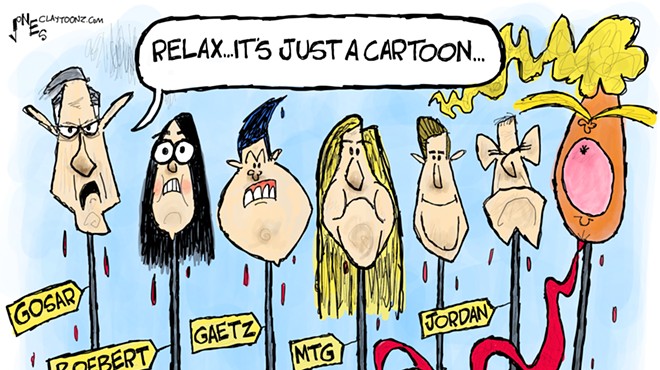Friday, January 17, 2014
25 New Charter Schools In Phoenix?
Today’s NY Times has a story, Arizona Hopes New Charter Schools Can Lift Poor Phoenix Area. I haven’t read about this in Arizona media or seen some kind of press release. I don't expect to learn what's going on in Arizona education in the Times.
The story begins by saying Arizona’s charter school movement has been aimed at middle class families and is now looking to serve low income students “starting, in effect, an experiment in urban education.”
Bad beginning.
Charters have been experimenting in urban education for years, with questionable results. True, the conservative “education reform” folks love to trumpet the successes of BASIS charters, ignoring the fact that most of their success can be attributed to their selective student body. (After laying the BASIS groundwork, they'll add in stories about a few other charters whose students would do well pretty much anywhere they went to school to add heft to the “charters are better than ‘government schools’” mythology.) The charter PR machine tends to ignore the urban and suburban schools that trade mainly in low income students, because those places generally end up with low scores on high stakes tests, just like the "failing government schools” they love to criticize. In fact, according to a recent national study, Arizona’s charter school students score significantly lower than similar students in school district schools, a fact pointed out later in the NY Times article.
The plan is “to open 25 high-performing schools over five years within the 220 square miles of the Phoenix Union High School District.” It’s the brain child of the Arizona Charter School Association, a private charter school promotion organization heavily funded by pro-privatization money. “We believe we know what works,” says ACSA president Eileen Sigmund, ignoring the fact that, so far, Arizona charter schools could take a few pointers from district schools on how to get their test scores up.
But I guess they figure with the millions they’ll be getting from the Walton Foundation, the very conservative family that owns Walmart and is a huge contributor to the whole school privatization movement, they’ll be able to do better than they’ve done in the past.
Here’s a fun part of the story. Lisa Graham Keegan commented that Arizona charter schools haven’t done a good job meeting the needs of their communities. “We didn’t force the issue of quality in the early days,” she said. Keegan must be using the royal “We,” because she was the primary force behind the original 1994 charter bill in the state senate, then she went on to be Superintendent of Education where she got the charter program rolling. Her plan: leave the charters to the “invisible hand of the marketplace,” which would weed out the bad charters and leave the successful schools to ply their trade. After a few decades of mediocre results, I guess Keegan has decided the invisible hand could use a little help.
The teams running the schools are going to be heavy with Teach for America alumni. TFA is the program that sends college grads into mainly low income schools — they usually stay two or three years, then leave education to go on with the rest of their lives — with nothing to guide them but a little bit of training over the summer. TFA has moved increasingly into the charter school sector, where the teachers are mostly young and their average longevity in the classroom is three to five years, so the raw TFA recruits fit right in.
The teaching methodology they plan to push in the 25 schools stresses order and routine. Teachers follow a set program, and students aren’t given a lot of room to diverge from the packaged curriculum. It’s a good way to make minimally trained, minimally experienced teachers look competent, and a good way to burn them out in a hurry. Most teachers don’t go into the profession to paint by the numbers.
Eileen Sigmund made a promise in the story I’m betting she’ll live to regret. She expects the new schools which will serve students from low income families to get A’s on their state report cards in their first three years, or “there are several exit points.” It’s going to be a wild ride.











